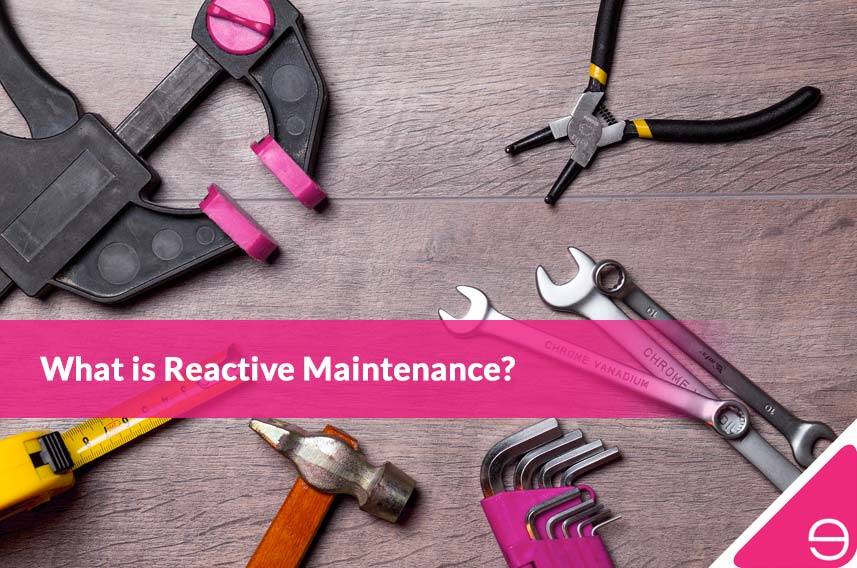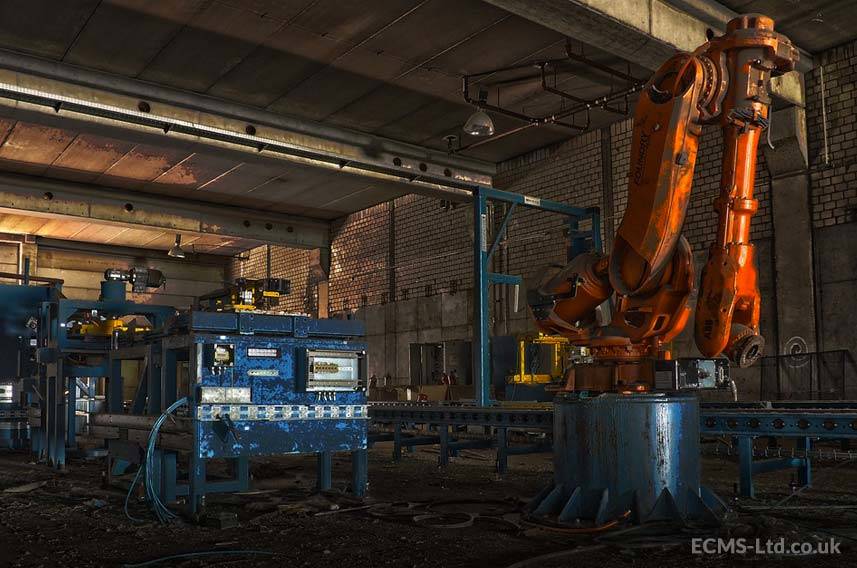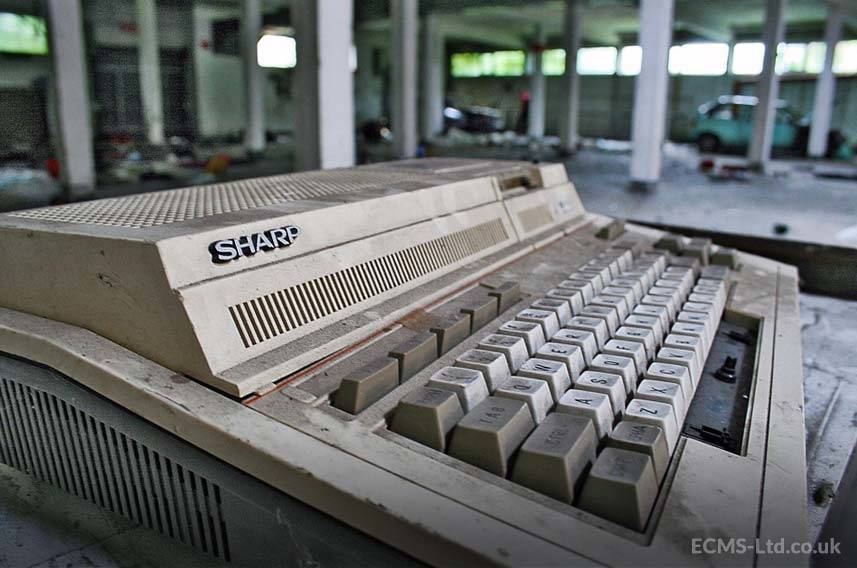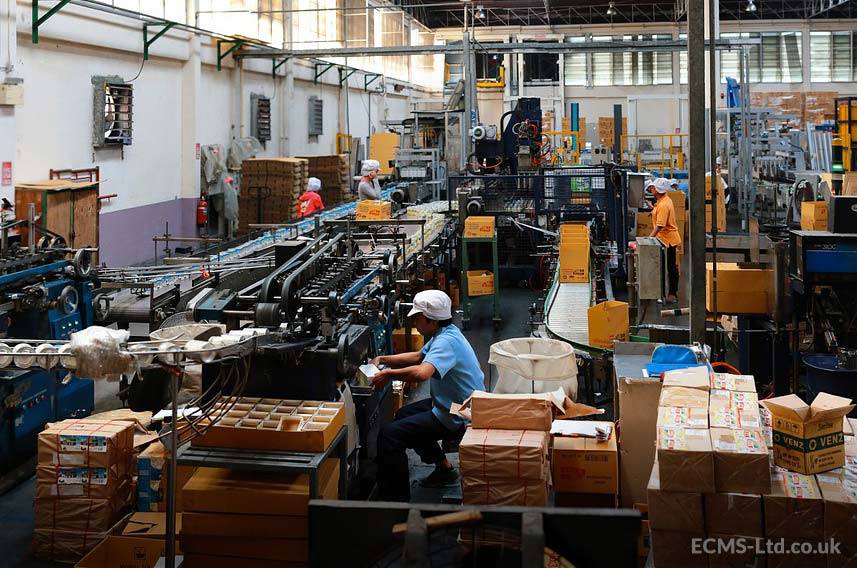Commercial building maintenance is a part of day-to-day business life.
Nothing keeps running properly forever, and so some form of regular maintenance is a must.
However, there are different approaches to maintenance that all business owners and commercial building owners must be aware of.
Some prefer to carry out regular planned preventative maintenance (PPM), also sometimes referred to as preventative or scheduled maintenance, to minimise the chances of disruptive problems from arising.
Others prefer to wait for something to happen, such as for a defect or breakdown to occur, or a problem to arise before taking decisive action like reactive maintenance.
Once something goes wrong, the reason for the fault is immediately investigated and appropriate repairs or replacements are carried out accordingly.
This is what is widely known as reactive maintenance.
There are various pros and cons to reactive maintenance that we’ll explore in this article.
There’s also some aspects worth considering before deciding if this is the best option for your ongoing business operations, or whether another approach is better suited to your needs.
Table of Contents
Should You Wait For a Problem to Arise Before Taking Action?
This is the first and most important consideration when it comes to reactive maintenance.
As outlined above, this type of maintenance involves the approach where you are willing to take the risk of running your machinery or equipment without any scheduled maintenance plans in place.
Understandably, this carries the risk of business interruption if something were to go catastrophically wrong, such as a major fault or breakdown.
If you reach such a point, you are willing to accept a potential situation where your business can no longer continue normal operations until the problem is diagnosed, repaired or the equipment suitably replaced.
Naturally, there will be scenarios when this takes considerable time so disruptions could be extensive and ultimately costly.
There could even be instances when production or operations end up being halted for a long period of time because there could be further problems discovered down the line.
There might also be cases when the repairer requires a certain part or component that is not readily available, which needs to be ordered in.
These are worst case scenarios and very often do happen.
Some specialist equipment that was manufactured overseas or that has become outdated, may lead to a delay in sourcing parts which can be catastrophic for businesses that rely on regular ongoing manufacturing processes, for example.
In short, reactive maintenance is very risky, and should only be applied if the risks are far lower than the potential cost of disruptions.
Conversely however, there are those who believe that you cannot be too vigilant and observe the performance of a machine or equipment all the time.
There will be times where problems will still occur regardless of carrying out preventive or regular maintenance, thus rendering scheduled or preventative maintenance redundant.
Planned preventative maintenance does tend to be costly, and there are many business owners who feel that it is a waste of money to carry out regular maintenance on machines which are still operating well enough and show no obvious signs of potential breakdown.
At the end of the day, there are advantages as well as disadvantages to both kinds of maintenance plans.
Typical Reactive Maintenance Tasks
It’s fair to say that literally anything can go wrong in a commercial premises or manufacturing building at any given moment.
Typically, it is not uncommon to find business owners and commercial building managers calling a reactive maintenance company for help with items that include:
- Emergency Cleaning
- Emergency Call Outs
- Handyman
- General Repairs & Renewals
- HVAC Engineers
- Landscapers & Gardeners
- Lift Engineers
- Locksmiths
- Flooring Fitters
- Stone Technicians
- Windows & Glazers
- Electricians
- Plumbers
- Roofers & Roofing Repairs
- Painters & Decorators
- Alarm & Security Specialists
Advantages of Reactive Maintenance
Whilst it may appear that reactive maintenance appears to carry several inherent risks, there are a number of advantages to consider when applying this type of maintenance routine. They include:
- Since you only act when something goes wrong, there will be less labour required and initial costs are significantly lower than PPM.
- Unnecessary preventive measures are avoided, saving both time and money.
- There is no need to have particular equipment or technicians available to carry out maintenance routinely.
- No need for planning, unlike with a preventative approach where scheduled maintenance is of the essence.
Disadvantages of Reactive Maintenance
Despite the various pros of reactive maintenance, there are a number of cons worth bearing in mind. Such as:
- Some faults may take more time to repair than others, causing operations to stop for a relatively long period of time, or even indefinitely. This can have a major impact on productivity and profitability.
- Soma parts that might be required may not be readily available, causing unnecessary delays.
- There may be safety issues if a machine is not maintained properly and regularly.
- Some repairs may be more costly because the problem was left unattended for some time, whereas with preventative maintenance it might have been resolved quickly and with lower costs.
- When maintenance is not carried out routinely there is a chance that the repairs will take more time to complete, as one would need to diagnose the problem, pull up all the necessary parts or equipment needed to fix the problem or fault, and fixing time can vary considerably.
- Machines could operate at lower efficiency levels if maintenance is not carried out regularly. This can also impact energy costs negatively.
- Reactive maintenance might contribute to shorter life expectancy, because when machines are not running at an optimal condition it can hinder their performance as well as their longevity in the long run.
- With reactive maintenance it is difficult to control budgets for the simple reason that problems and machine failures and breakdowns are evidently unpredictable.
- Emergency repairs might be needed with reactive maintenance approaches, and these tend to be more costly. There might also be cases when complete shutdowns might be needed to carry out the maintenance, and this is evidently costly. It could also be even costlier if the failure ends up causing a shutdown in a period when productivity is at a maximum due to peak periods or seasonality issues in operations.
Types of Reactive Maintenance
The term reactive maintenance encompasses a general idea that maintenance is carried out in response to a fault. However there are different types of reactive maintenance.
Emergency Maintenance
Maintenance is carried out immediately in an attempt to keep an asset operational, or for safety issues.
Breakdown Maintenance
A machine or equipment breaks down, but it can still be repaired, and so maintenance is carried out on it.
Corrective Maintenance
This is when although there have not yet been extreme disruptions in operations, it was evident that some elements could be improved or repaired, so as to improve the general operations. Such minor issues are thus fixed.
Conclusion
As outlined above, reactive maintenance has its pluses and its minuses.
One cannot state that it is the best or the worst kind of maintenance, and it is all ultimately a matter of personal preference involving risk vs reward.
Its effectiveness of plausibleness is debatable, especially when considering that relying on reactive maintenance could end up causing shutdown until maintenance is carried out.
The basic idea is that reactive maintenance only addresses a problem when it arises or when it is evident that there is a fault.
While there is a low initial cost outlay associated with this kind of maintenance approach, it might be considered as the best option for some scenarios and machines.
On the other hand one cannot feel safe with reactive maintenance if this concerns plants which depend on reliability or safety, or for machines that are imperative for a company to continue its operations around the clock.






